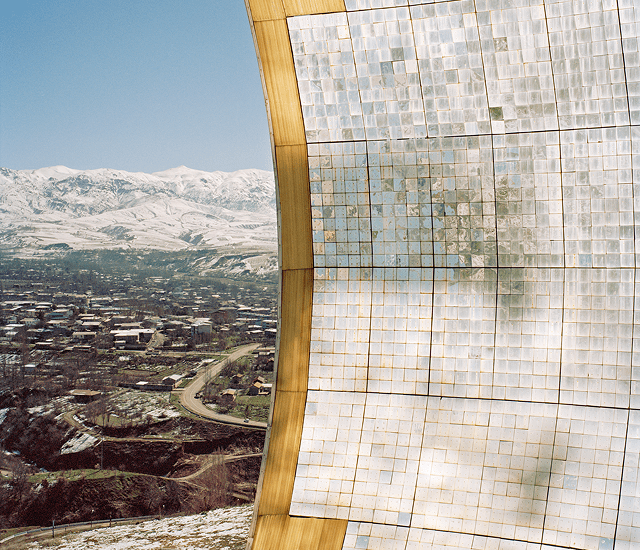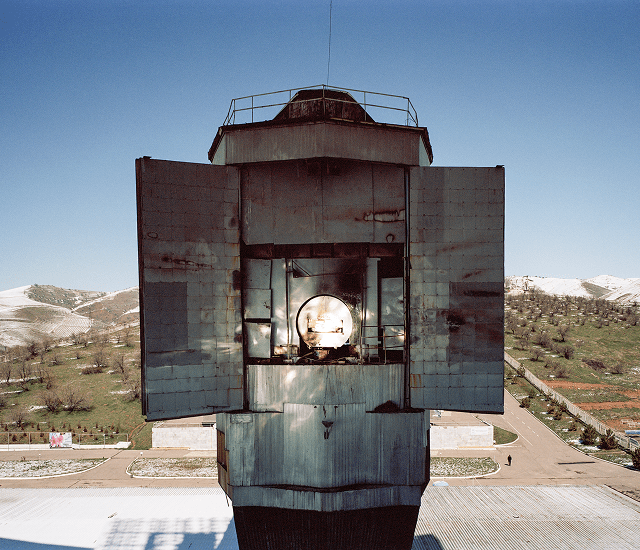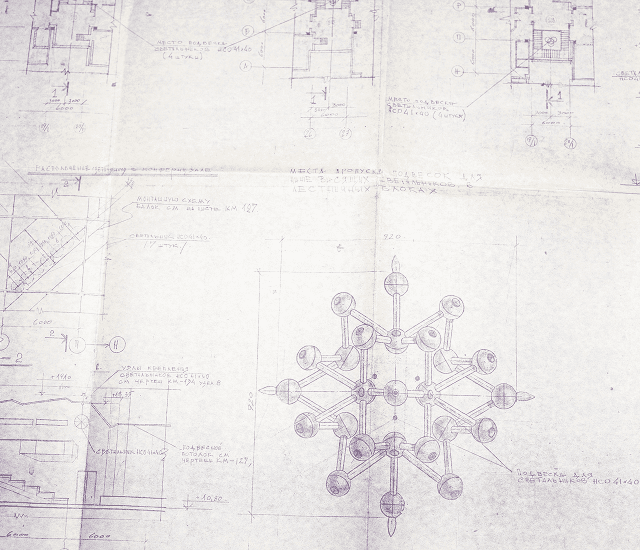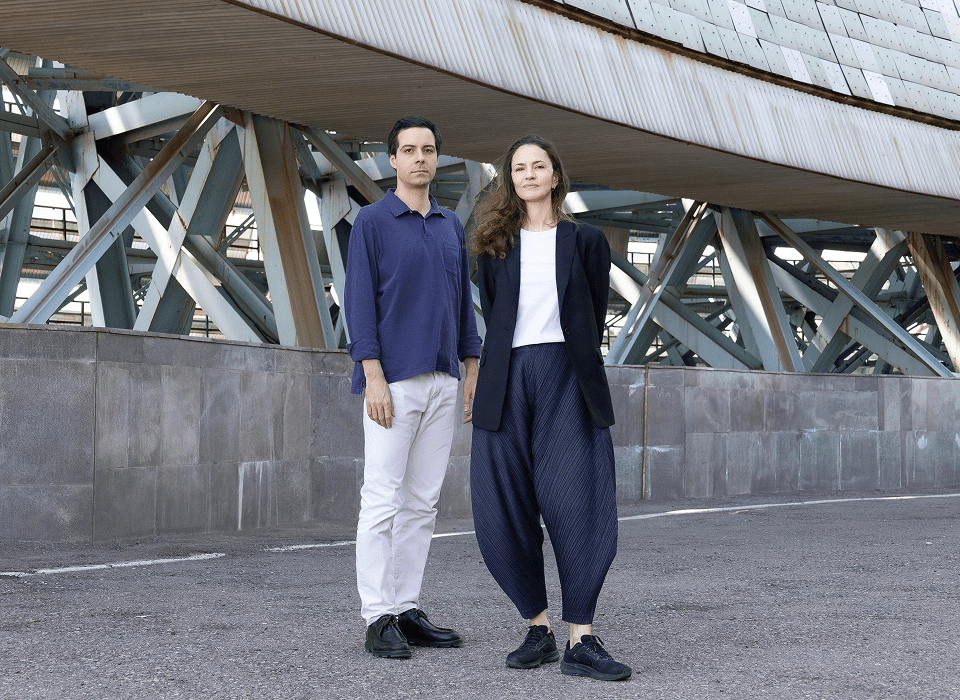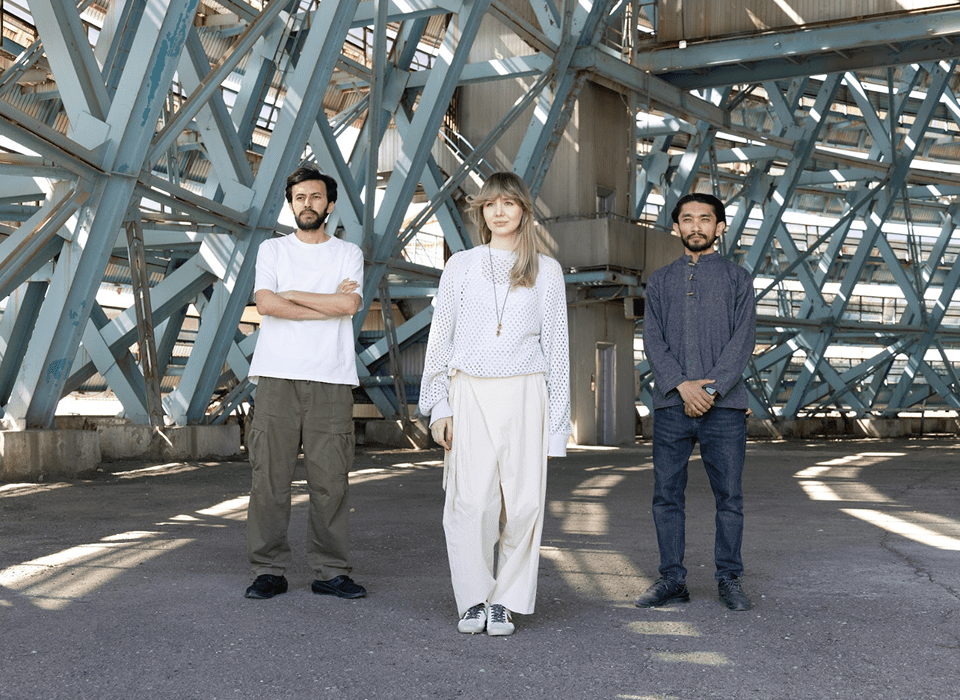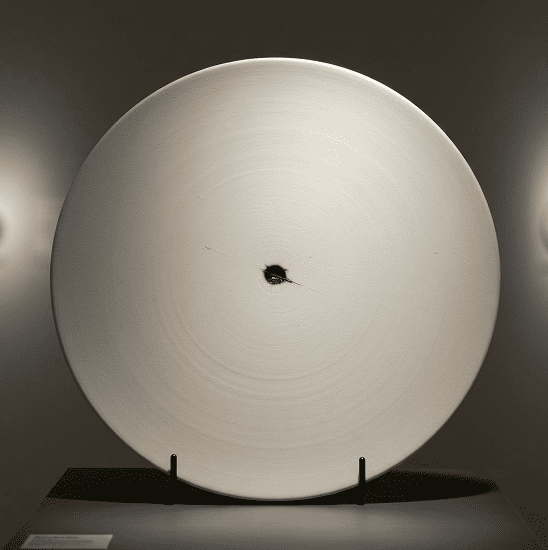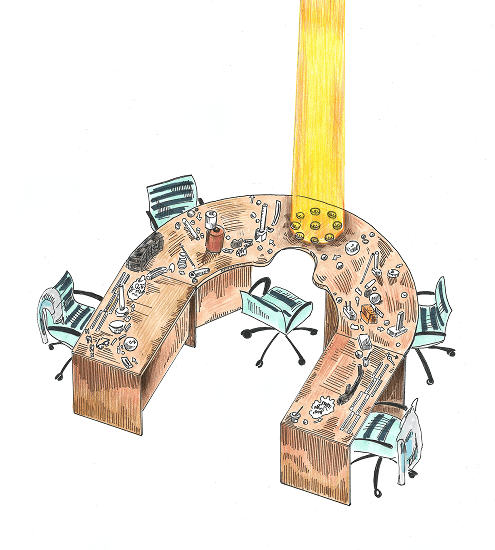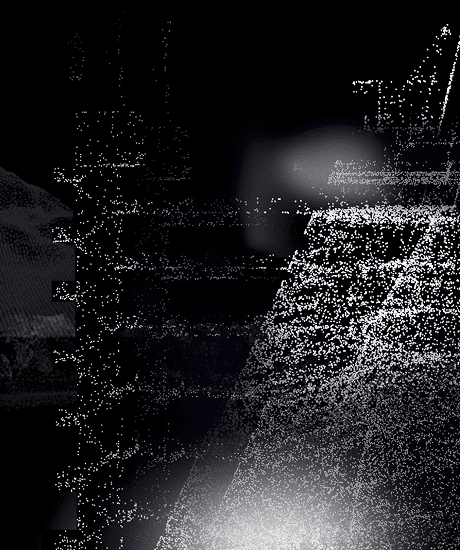Uzbekistan National Pavilion investigates the current scientific and cultural relevance of a modernist scientific structure, the Heliocomplex “Sun”, built in 1987 near Tashkent.
The complex is one of only two structures worldwide equipped with a large solar furnace to study material behaviour at extreme temperatures. Initially conceived for space and military research, this furnace can reach temperatures close to 3,000 degrees Celsius (half of the sun’s temperature) extremely fast, excluding any material impurities.
A typical case of Cold War competition, the complex was developed after an analogous facility was built in Odeillo, France, in 1969. The site near Tashkent, Uzbekistan’s capital, was chosen due to the favourable climatic and geological conditions. It was one of the last major Soviet scientific projects completed before the dissolution of USSR.
The pavilion reflects on the ambivalent character of the complex. The combination of its gigantic scale, consistent with the bipolar logic of the Cold War, and particular historical context forced it to constantly reinvent its scope and reformulate the reason for its existence every time the social, economic, and political circumstances changed.
The exhibition translates this ambivalence into a dual narrative about the furnace: sustainable and unsustainable, modernist and archaic, didactic and secret, celebrative and utilitarian, specific and generic. Suspended in time and space, this architecture emanates its utopian aura over the surrounding landscape.
Rather than declaring the furnace’s redundancy as a flaw, the pavilion explores the potential of this cognitive crack, its meanings and relevance for science and beyond, asking what urgent questions of contemporaneity it could answer now. This approach would allow for the rethinking of the complex beyond the preservation impulse and to contextualise it within a variety of scientific and cultural agendas.
A series of furnace fragments inside the pavilion, either reconstructed with modifications or brought from Parkent and restored, reveal its function and suggest questions to be asked concerning the scientific, social, and cultural impact of technology and its capacity to change or adapt its meaning over time.

